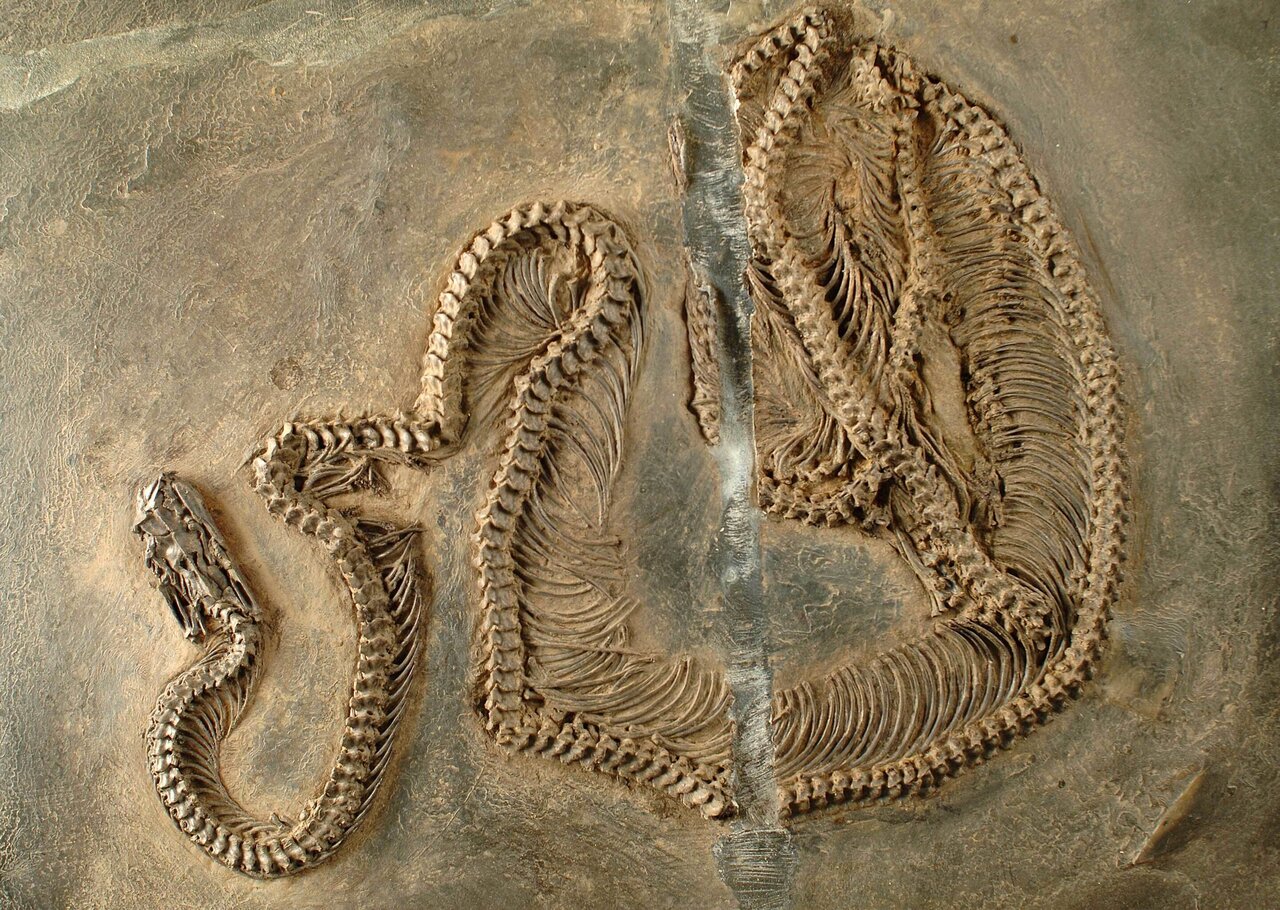
Snake bones from the Neolithic era, which began around 6,000 years ago, have been found in the Zuojiang River basin in the Guangxi Zhuang Autonomous Region of south China.
The site’s longest single vertebra was revealed, and it represents an individual Python bivittatus snake. The snake’s whole body length was over 4.58 meters, breaking the previous Chinese record for this species, which stood at 3.56 meters, according to the vertebra.
The most recent discovery has also helped to clarify the past of snakes in south China, which dates back to almost 6,000 years ago.
According to Yang, the majority of the uneathered snake bones had scratched marks on their surfaces, and the mammalian bones stacked nearby likewise displayed evidence of manual tagging or scratching.

According to Yang, it has not been established that local prehistoric humans processed meat by roasting food.
The Guangxi Institute of Cultural Relic Protection and Archaeology and the Institute of Vertebrate Paleontology and Paleoanthropology under the Chinese Academy of Sciences both contributed to the research.
The pertinent findings have been made available online by the worldwide journal toса Biology.
The Zuojiang River watershed is home to a variety of prehistoric cultural relics as well as abundant animal and plant resources. In 2016, UNESCO added a collection of nearly 2,000-year-old rock art in the basin to its World Heritage List.





